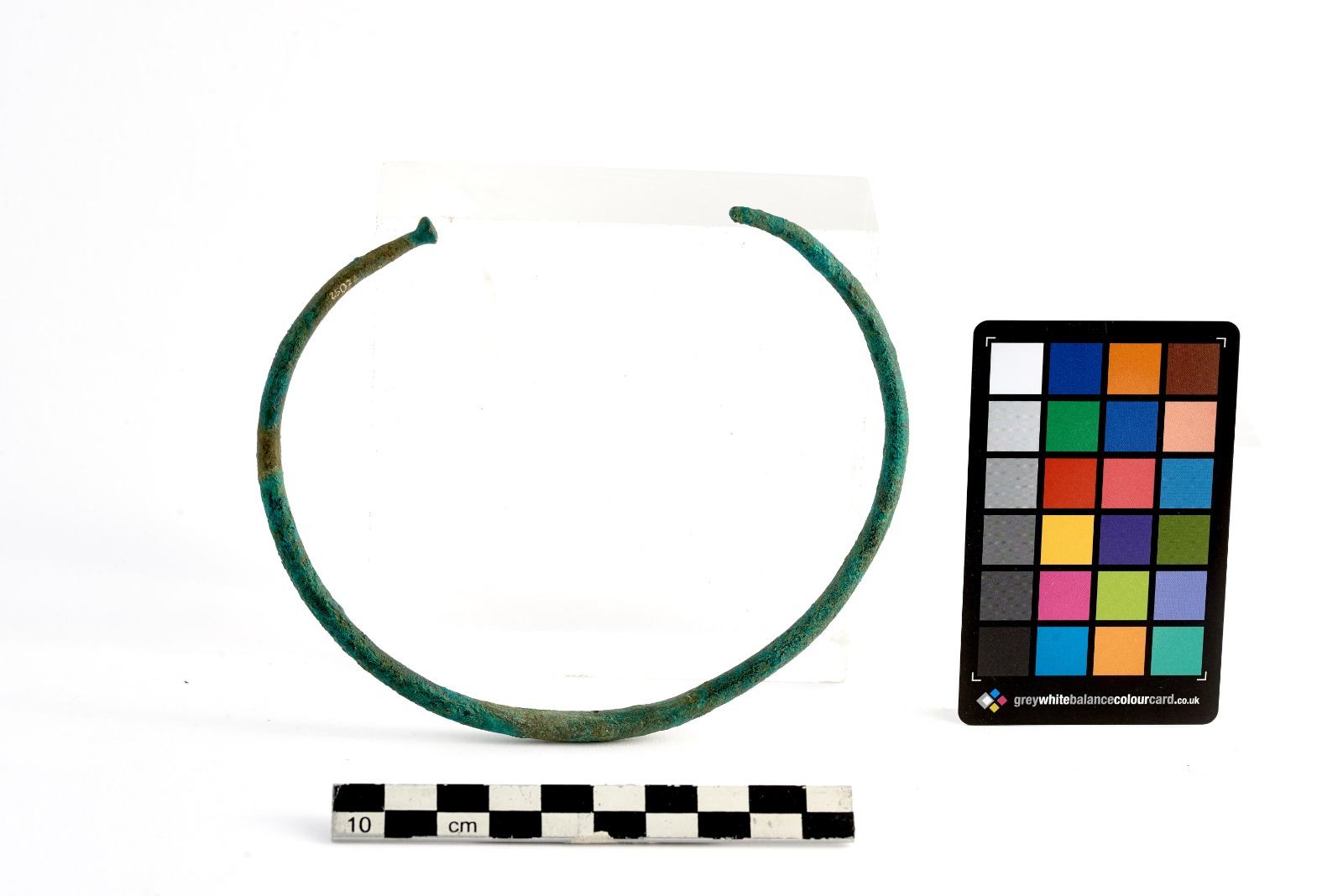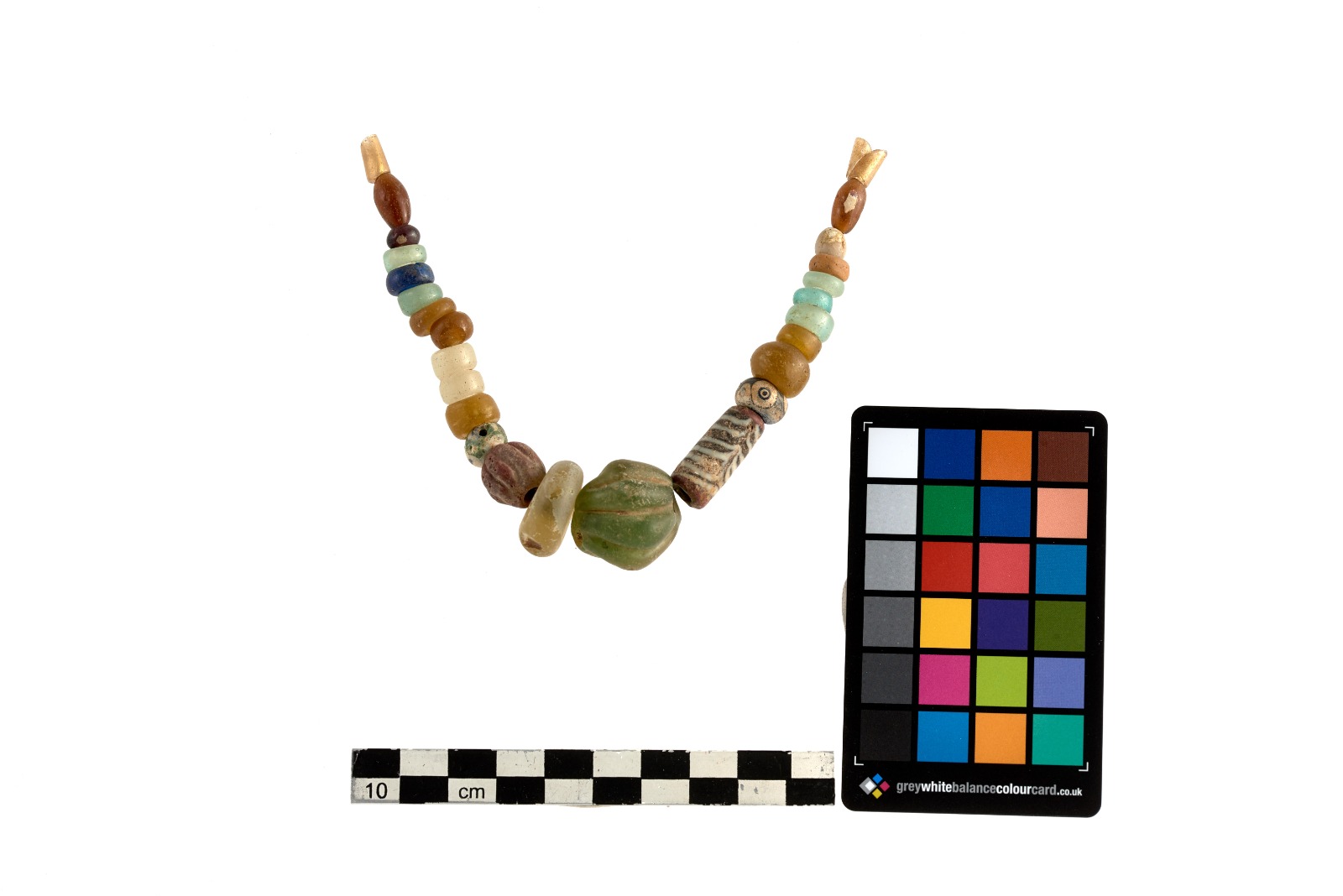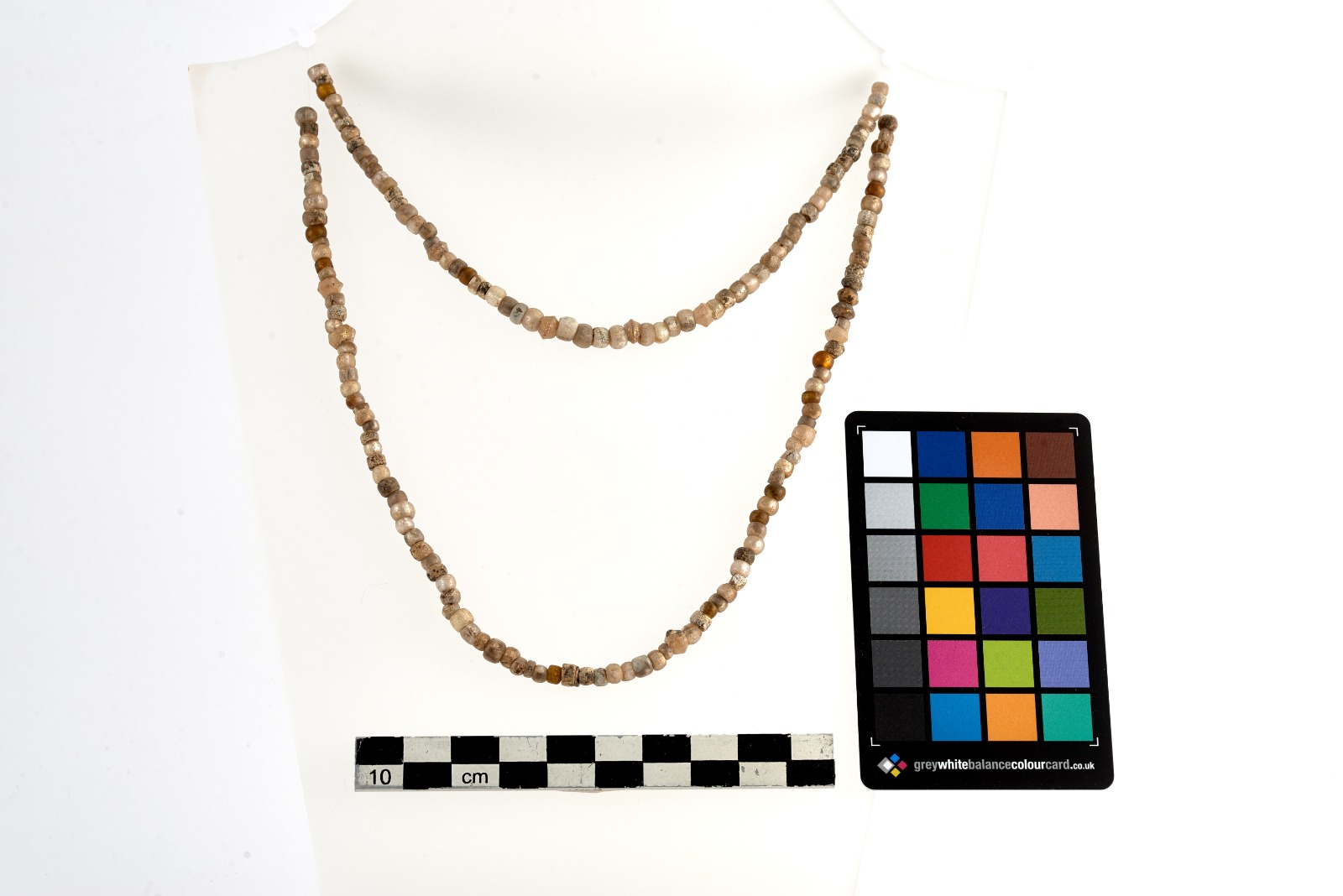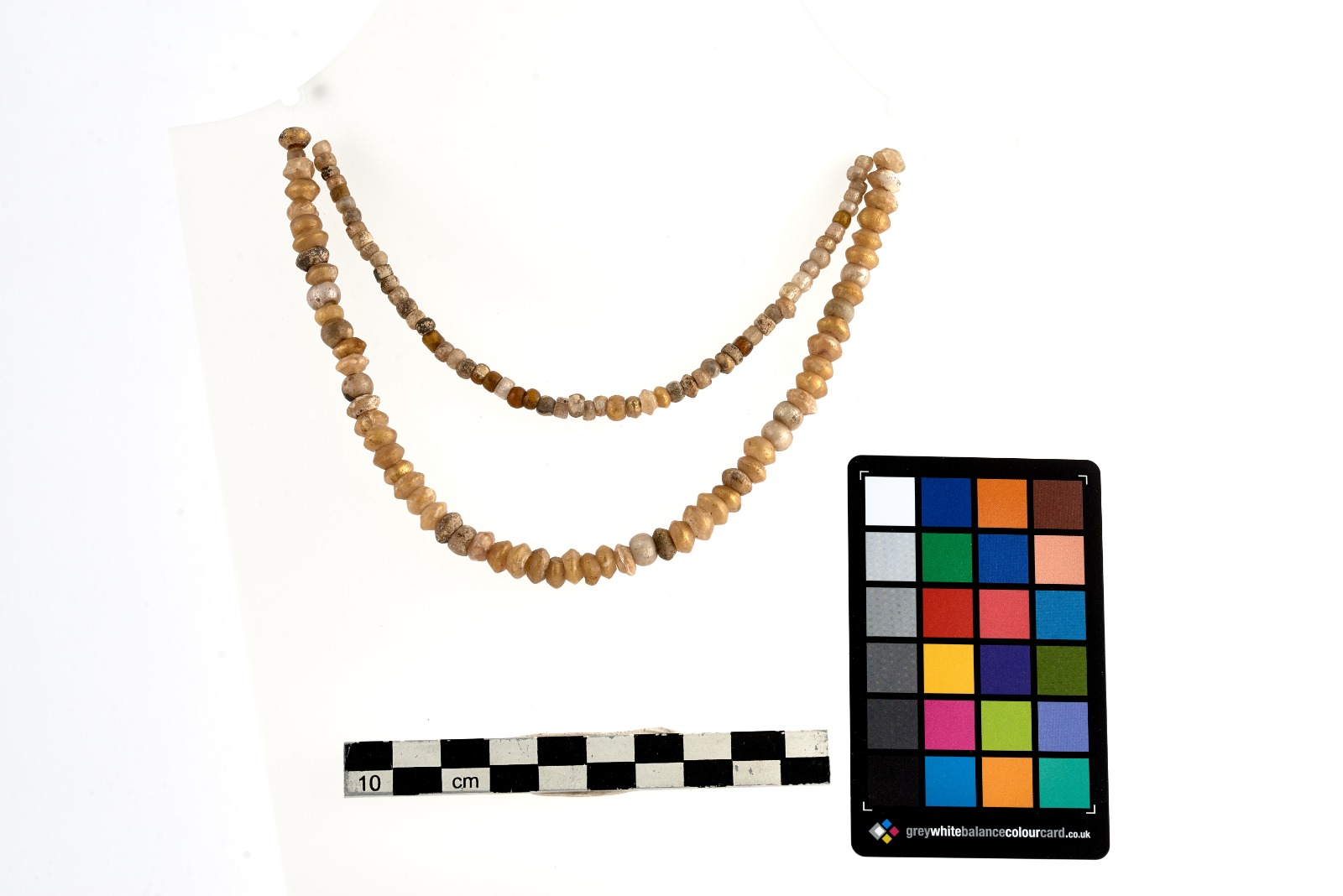archaeological findings
The archaeological findings inside the Ispinigoli cave are today exposed in the archaeological Museum of Dorgali.
history
The Ispinigoli cave was opened to the public in 1974 and since then over 40,000 visitors per year have entered the vast cavern where the majestic 38 metre high limestone column rises; the largest in Europe and one of the highest in the world.
The great hall belongs to the Ispinigoli – San Giovanni su Anzu – sos Jocos cave complex.
There are three communicating caves totalling 17 kilometres; the cave system is orientated south-west/north-east deep in the bowels of Mt. S’Ospile with three entrances that open at different altitudes. This creates pressure differences generating a continuous draft whilst the temperature is kept constantly at 16-17 degrees throughout the year.
The great tunnels of this cave system are characterised by notable quantities of clay deposits, enormous columns and countless white concretions. At the bottom run small underground streams which reach the light in the nearby San Giovanni Su Anzu cave.
The system has been scientifically explored since 1954 by the Gruppo Grotte di Nuoro who discovered the connection between the two cavities. The research continued in the following years by such Sardinian caving experts as Padre Furreddu and Bruno Piredda and the Piedmont Eraldo Saracco who lost his life in 1965 when he fell into the second well in the cave. The plaque at the entrance to the cave branch is dedicated to him.
In 1995 cavers from Dorgali and Sassari found the connection between the Sos Jocos and San Giovanni di Su Anzu caves although they whole complex still hasn’t been fully explored. There was great scientific interest in the discovery remains of an Ice Age otter, whilst important Nuragic (17th 6th centuries BC), Punic (6th -3rd centuries BC) and late Roman (2nd - 6th centuries AD) finds demonstrate that the caves were long used as a cultic place. Most interesting are the Punic – Roman/late Roman glass paste beads (6th-3rd centuries BC/ 2nd – 6th centuries AD). Originally these finds gave rise to the story of human sacrifice and the ravine where they were found was called the abyss of the virgins.





